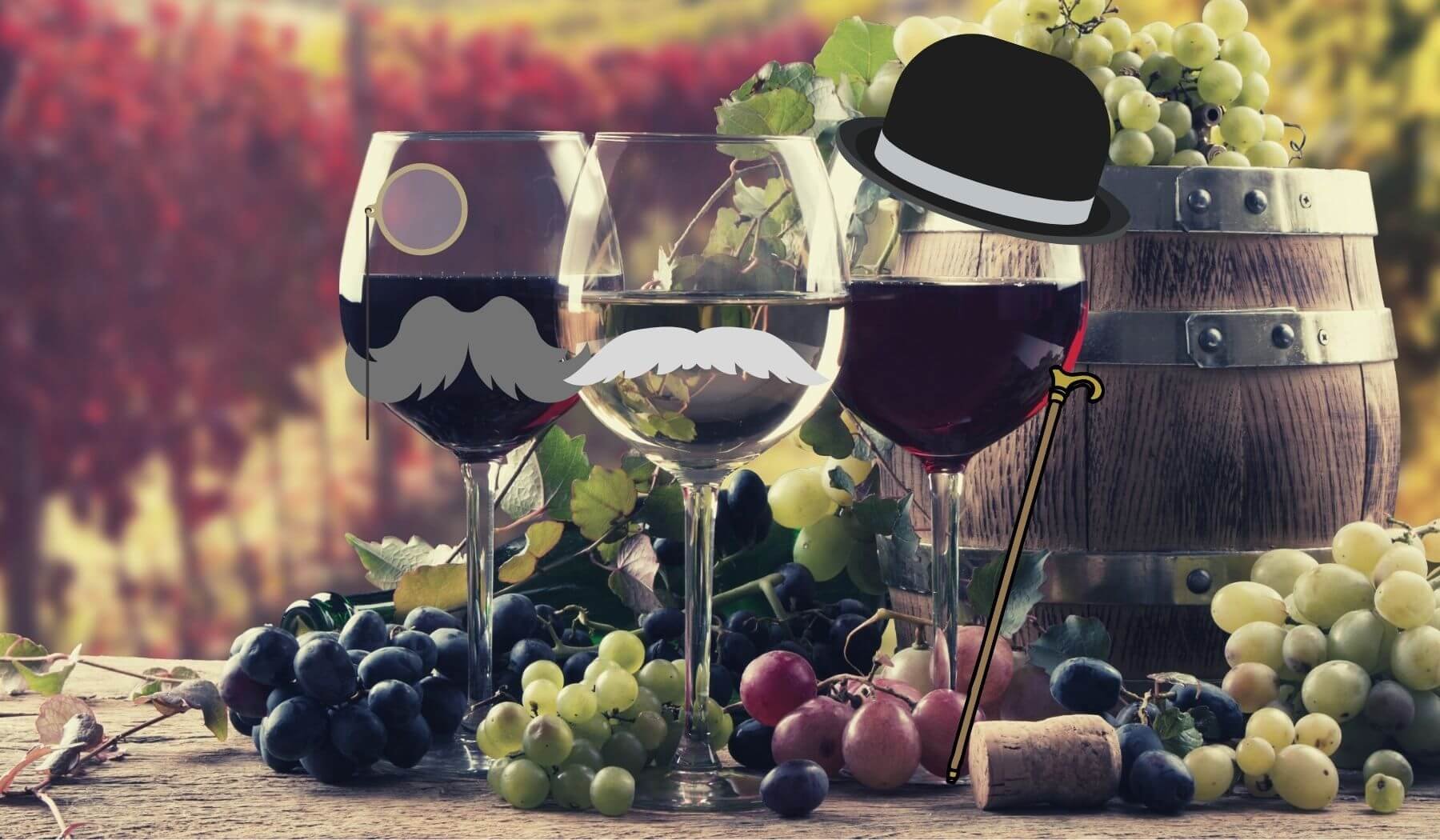How Many Bubbles in a Glass of Champagne?
Photo cred: Journal of Agriculture and Food Chemistry
Here’s your next totally useless but semi-interesting fact to pull out as a party trick. How many bubbles are there in a glass of Champagne (or any bubbly wine for that matter)?
But first, what technically are those bubbles anyway?
The bubbles in sparkling wine are carbon dioxide. CO2 (as it’s known to science folk) is a natural byproduct of fermentation. Fermentation happens when yeast eats the sugar in grapes – it's that simple. The result of that process is alcohol and CO2 (as well as some dead yeast). Usually, when making a still wine, the CO2 dissipates into the air but sparkling winemakers capture the gas in a tank or bottle.
This is the basis for all sparkling wine production (except when carbon dioxide is injected directly into the wine – but you don’t want to go near those). There are, however, a number of different methods that affect the style (and price) of the wine.
So, how many bubbles are there in that archetypal glass? Well, it depends on how you dice it and who you speak to, but legit scientist Gérard Liger-Belair cites one million bubbles. He suggests tilting the glass when pouring and serving it warmer if you want more bubbles.
There you go. You’re a more impressive party date already.













It’s New Year’s Resolutions time! In other words, let’s eat more healthily and drink more thoughtfully and maybe you want to find some of that wine with low, or better yet, no added sugar! Well what if I told you that the idea of low/no sugar wines is a total myth? Ok, so what’s the reaaaaaaal story about sugar in wine? (We think you’ll be very pleasantly surprised 😉